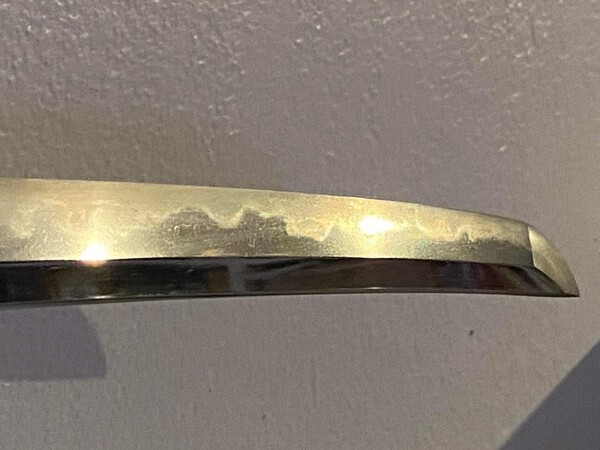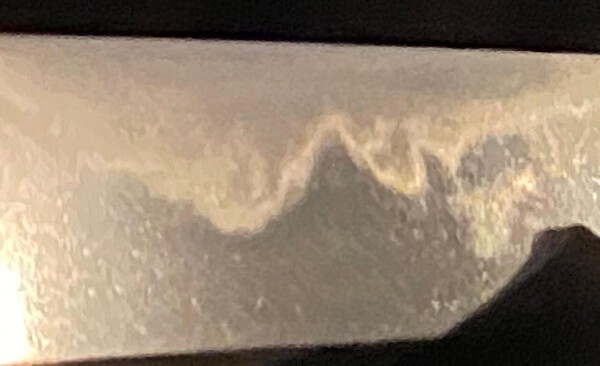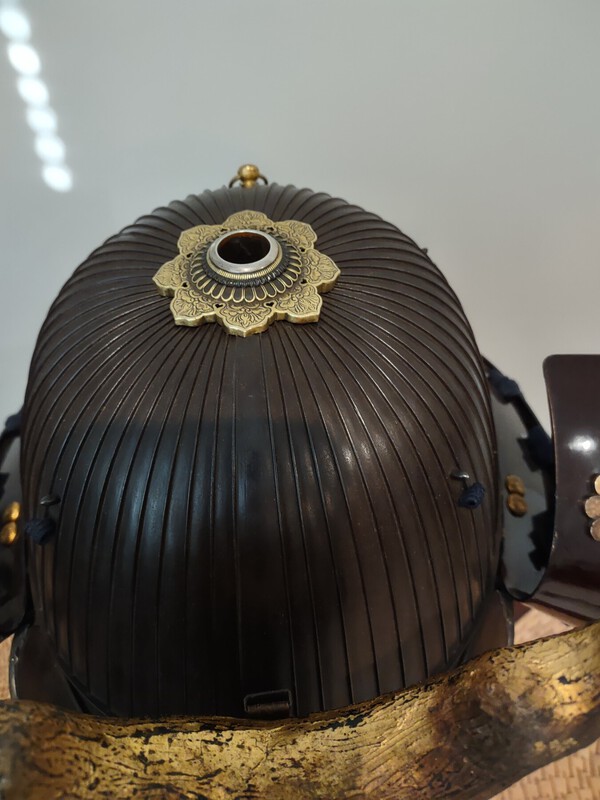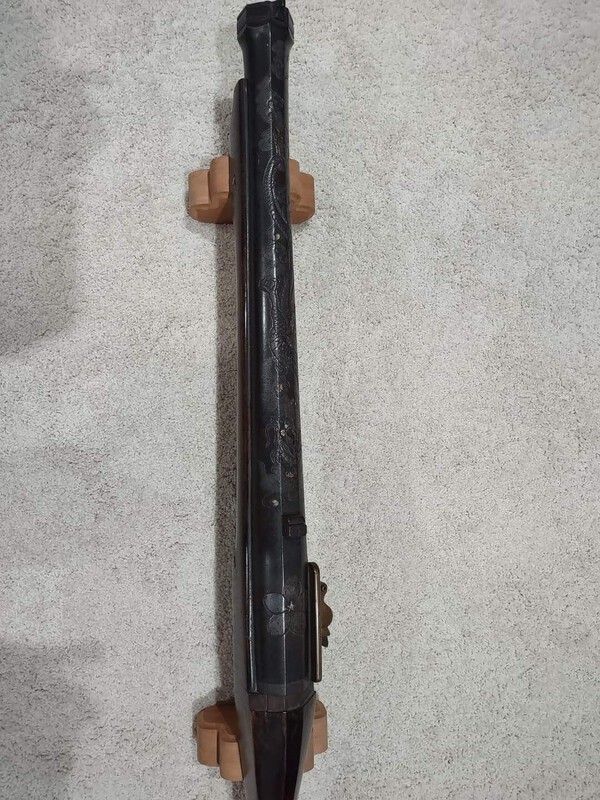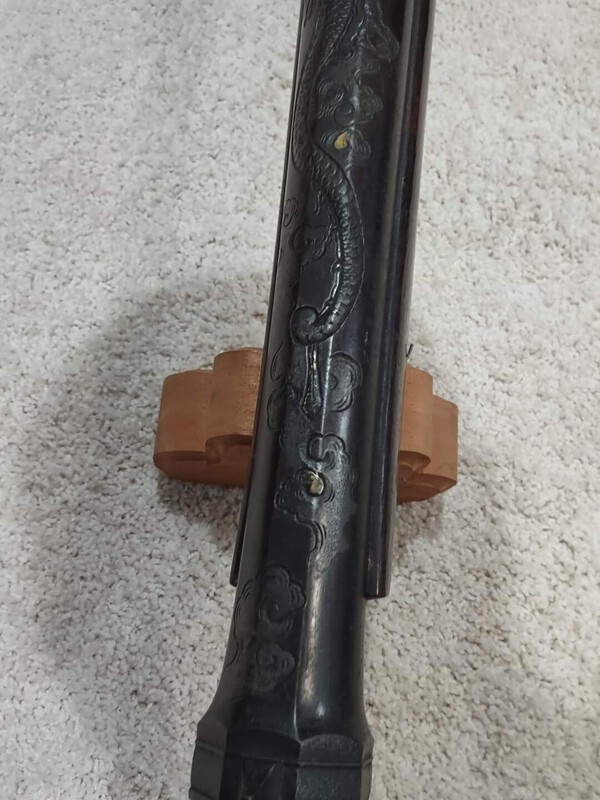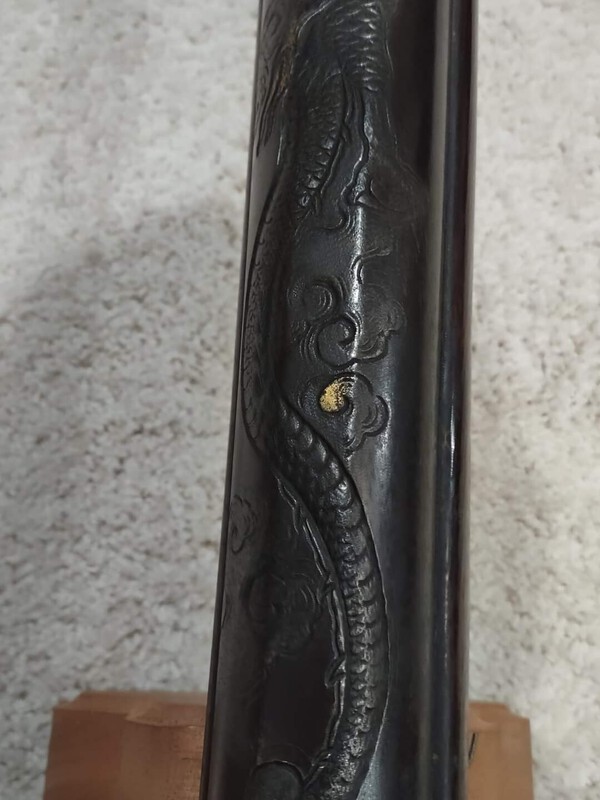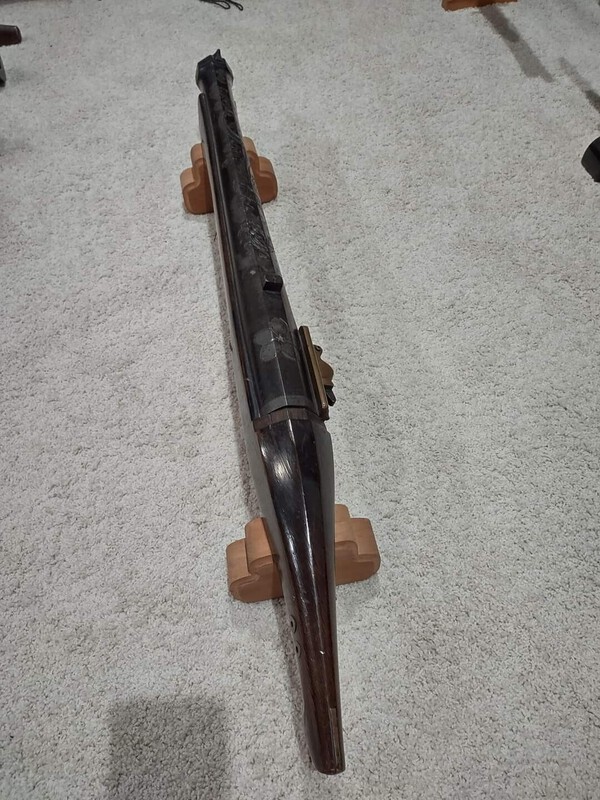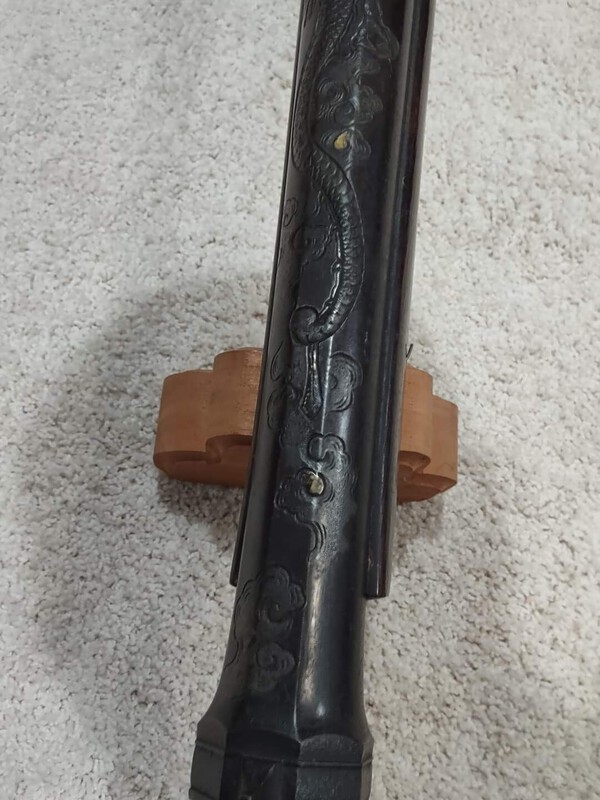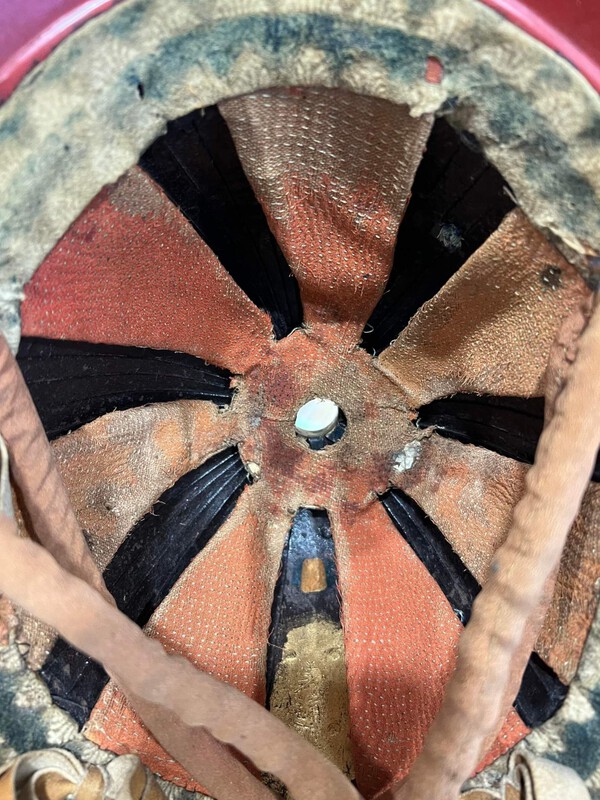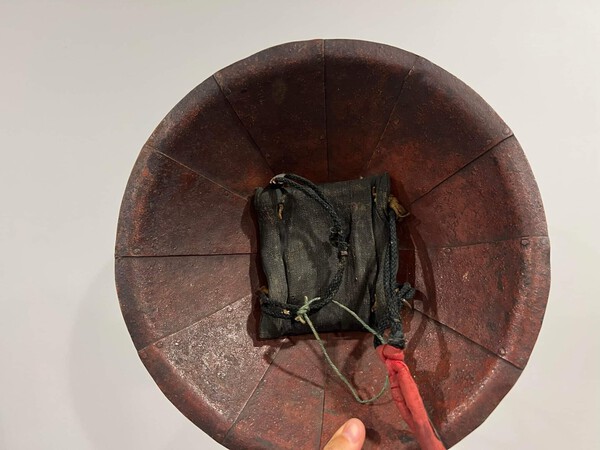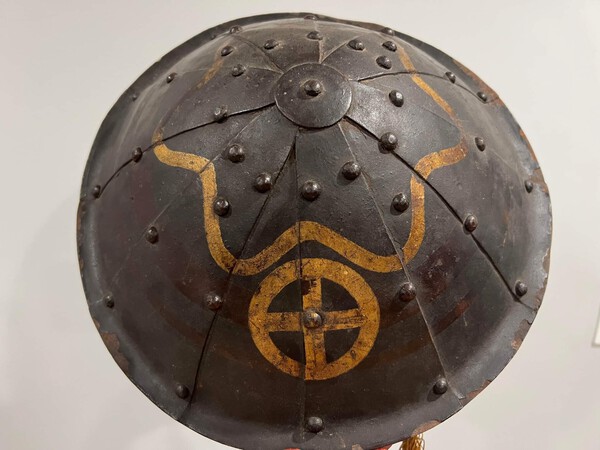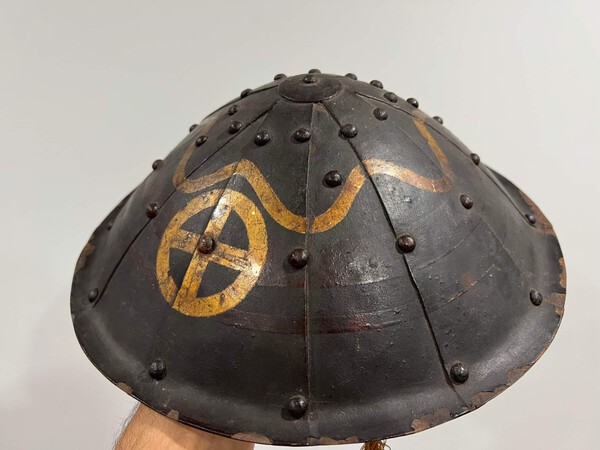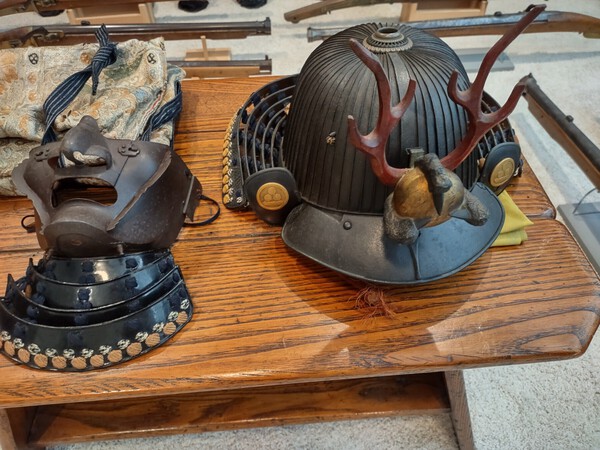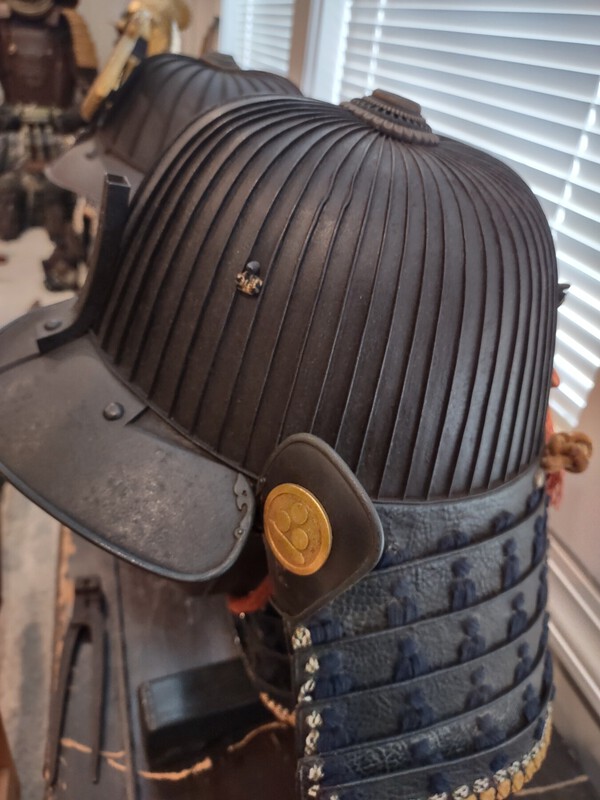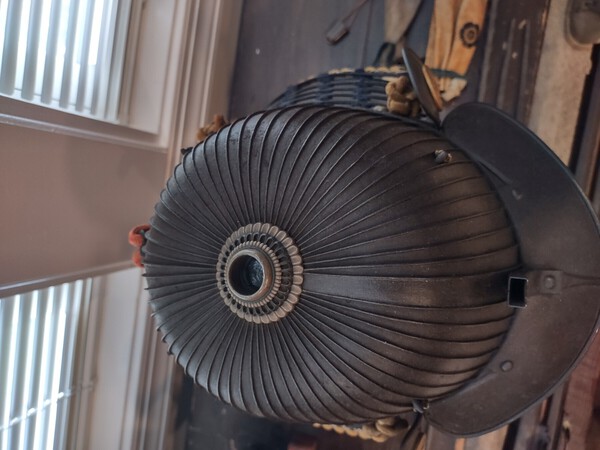
Tengu1957
Members-
Posts
351 -
Joined
-
Last visited
-
Days Won
17
Content Type
Profiles
Forums
Events
Store
Downloads
Gallery
Everything posted by Tengu1957
-
Just to clarify I purchased this armor. I knew what I was buying and I bought it because I liked it. It was a reasonable price and I would buy it again. I don't know who changed what but like all descriptions on antique things buy what you see not what it is described. What I did get was what was pictured with excellent packing and communication. If any of you have an issue with the seller then take it up with him. I posted this a short while ago so I am assuming since you have seem to have been tracking it you are aware of who bought it. I really get tired of hearing people snipe at each other on this forum. The Japanese swop parts on armor , break up sets and all manner of other things to make more money. Is anyone surprised that this happens all over. I can't think of a more scary way to make a living than dealing in and or restoring antiques. Sometimes you buy things because you like them. Don't turn everything into a Monkey poop fight because there are no winners in the end.
-
I had always thought the Hachiwara type objects with a hook near the base were parrying weapons popular in early Edo. I had read Musashi's Father was adept at using the sword in one hand and the Hachiwara in the other to parry a sword strike. It was suggested that Musashi had thrown his Wakizashi with his left hand at times because he had been taught to use the Hachiwara by his Father. The iron Tessen type weapons were for use during the Edo period as a non lethal alternative. The result of a non approved fight was death for both participants so if there was violence better a broken bone than a sword cut.
-
Its a bit difficult to equate a dollar amount for an armor and what the actual cost of living was during the Edo period. I had always read that fertilizer was in short quantity in Japan and that human waste was kept and sold to people who resold it as fertilizer to farmers. It was said that if 3 people lived in a rented house and sold their waste to the fertilizer salesmen it would make enough that they basically could live rent free. I also have copies of a Japanese armor sellers catalog from New York in the 1930's. You could buy complete suits of Daimyo quality armor for $250-400. Keeping in mind that this was sold out of a retail shop in the heart of New York the overhead was probably higher than in Japan and since it was an oddity it was probably selling for more than it was in Japan at the time. Armor equal to a cost of the house is probably true but a house could be either a hovel or a mansion so the quality can be quite far apart.
-
Yes , I keep meaning to buy one and try it out.
-
Luc, Thanks for the information. You are right about the 25 koboshi per row, I miscounted. Its pretty heavy.
-
Ko Boshi Kabuto 64 plates with 26 Boshi per plate ascending from large to small. 1664 Boshi Believed to be Myochin work , could be early Edo or a little earlier ( Momoyama ) Liner intact so not sure if signed Wood Edo period Dragon Maidate Very heavy construction Many thanks to Nick Ricupero from Nihontoart.com for selling this to me. Photos by Nick as well.
- 7 replies
-
- 13
-

-

-

-
-
O-suriage Tachi Mid Nanbokucho circa 1340 Kanenaga ( Kencho - top student of Chogi , one of the ten best students of Masamune ) Bizen Osafune school 69.9 cm Tokubetsu Hozon NBTHK Original Edo period Koshirae with Higo mounts Sayagaki by Mr. Tanobe Many thanks to Mike Yamasaki for selling this to me
- 3 replies
-
- 11
-

-

-

-
Edo period Kabuto and Menpo 62 plate russet iron Signed Saotome Iyeharu Papered Koshu Tokubetsu Kicho Shiryo One of the Saotome masters It's in absolutely pristine condition I like this one a lot. Many thanks to Nick Ricupero for selling it to me.
-
- 9
-

-

-

-
Yes , I have the set of Bushido magazines. I haven't looked at them in a long while. Thanks for telling me , I will look up this article.
-
Yes , my conversion from inches to MM did not go well. It's a 40 Monme.
-
-
-
Edo period Gusoku or matched armor Kaga Myochin school Sabiji Tetsu or russet iron Bitsu or armor box is the type that can be carried on your back Thanks David Thatcher ( photo by David Thatcher ) , I can't get a photo off my phone as a Jpeg tonight.
- 8 replies
-
- 15
-

-

-

-

-
-
Thank you Luc, I appreciate the information.
-
From the website of the armor society. They state of the 5 possible ratings that koshu Tokubetsu kicho shiryo is one step below Juyo and candidate as such . Maybe Uwe would like to explain how this should be interpreted. It's signed so they do not call it gemei but as I said I believe they would have to remove the Tehen to get a verification what generation it would be. I see no reason to get upset over my statement. I am a collector and not an expert. It is a big name but I think anyone of us would hope it would be first generation but willing to accept another generation.
-
-
64 plate Kabuto , niji mei Yoshimichi with gold lacquer Japanese armor society certificate one level under Juyo. Remounted in late Edo with Mabishashi signed by Myochin Munekane with Shikoro and Tehen added . I really like the patina on this one. Thanks to Nick at Nihontoart.com for the chance to buy.
-
-
I liked the design , it's a bit darker in hand than what the photo depicted. It looks like good iron. Sorry you missed it , I think you may have liked it as well.
-
-
Heavy iron Jingasa with Satsuma Mon I wonder if this may have been used by someone using a Matchlock ? I have seen many wood block images of gunners wearing these.




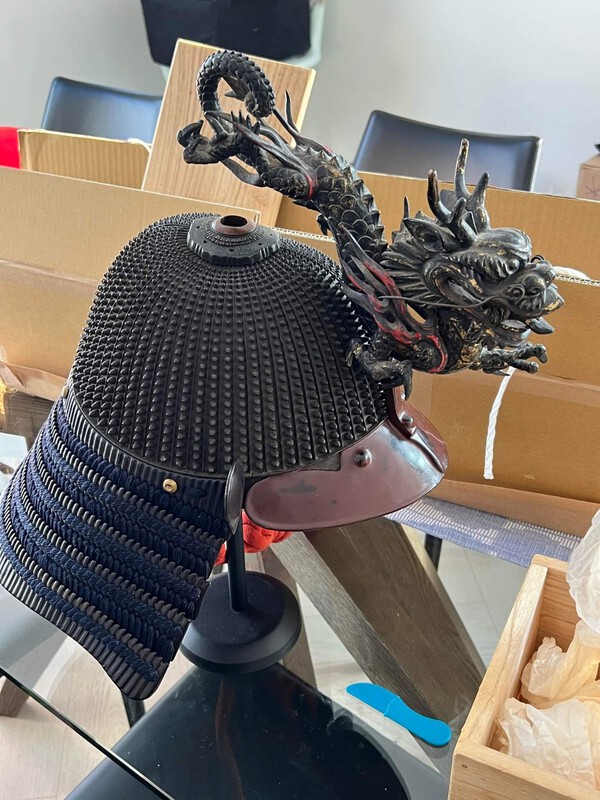
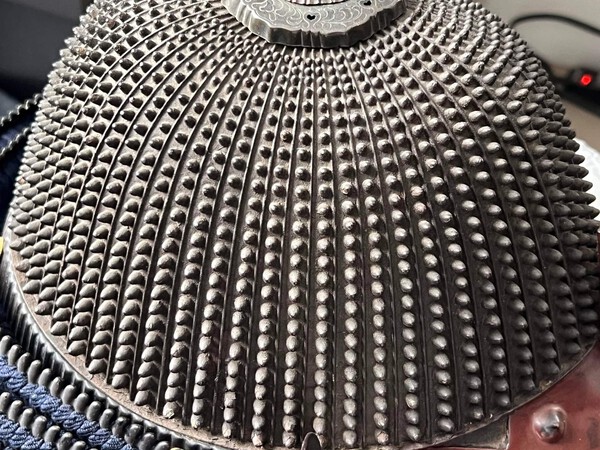
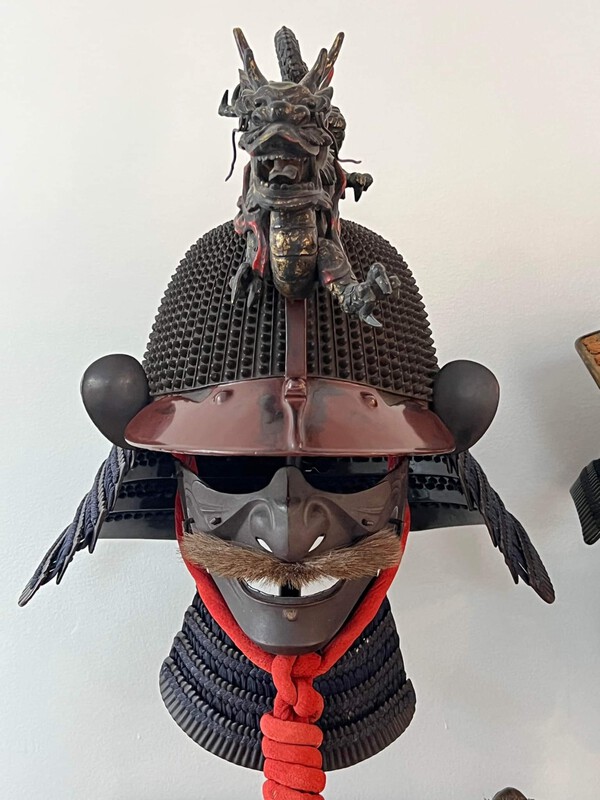
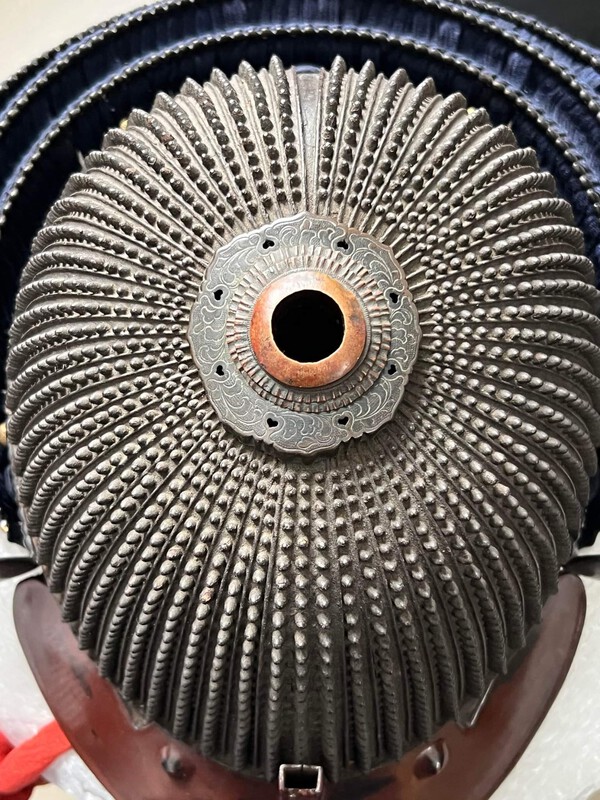
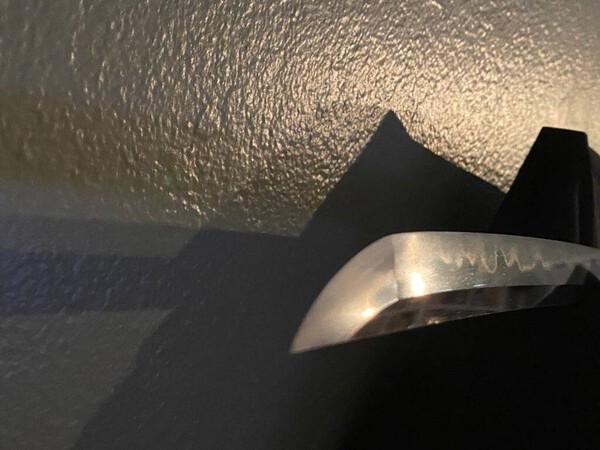
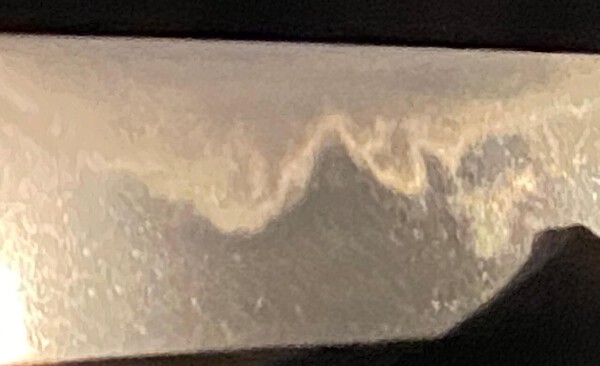
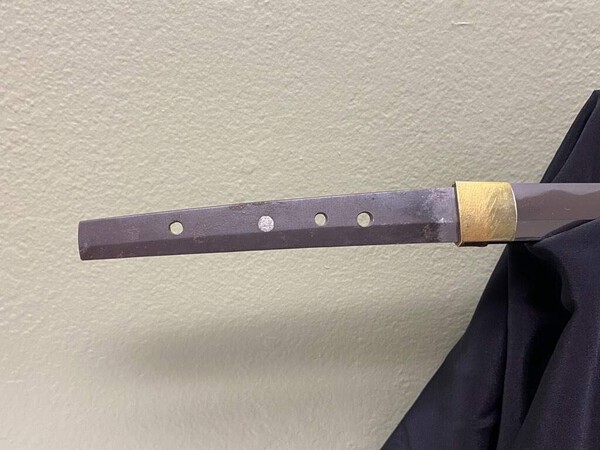
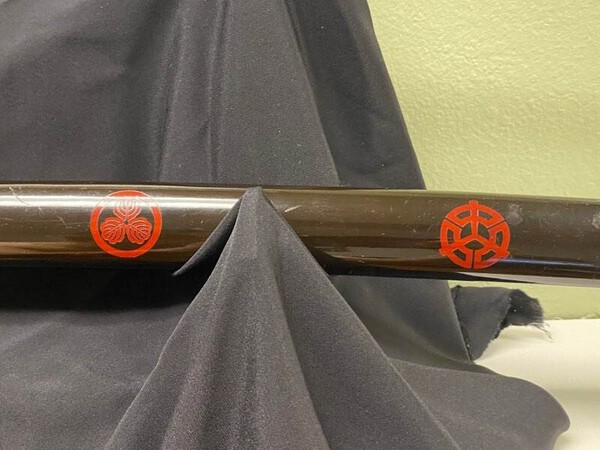
.thumb.jpeg.b0aaf6f237d15fe0146c6d5d9efd746a.jpeg)
.thumb.jpeg.d778113a3582ed5e6918c406d9bd4080.jpeg)
